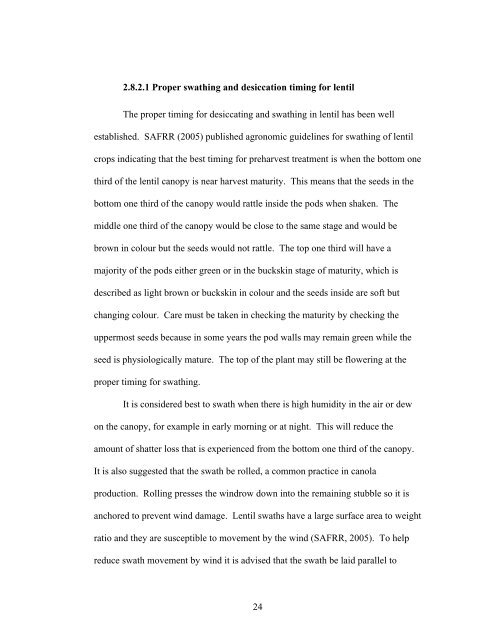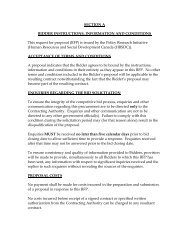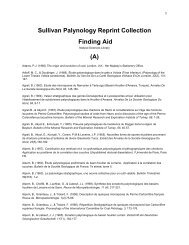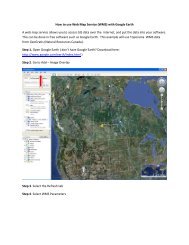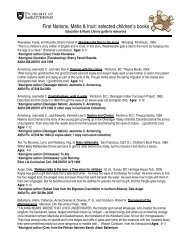GREEN SEED COAT COLOUR RETENTION IN LENTIL - University ...
GREEN SEED COAT COLOUR RETENTION IN LENTIL - University ...
GREEN SEED COAT COLOUR RETENTION IN LENTIL - University ...
Create successful ePaper yourself
Turn your PDF publications into a flip-book with our unique Google optimized e-Paper software.
2.8.2.1 Proper swathing and desiccation timing for lentil<br />
The proper timing for desiccating and swathing in lentil has been well<br />
established. SAFRR (2005) published agronomic guidelines for swathing of lentil<br />
crops indicating that the best timing for preharvest treatment is when the bottom one<br />
third of the lentil canopy is near harvest maturity. This means that the seeds in the<br />
bottom one third of the canopy would rattle inside the pods when shaken. The<br />
middle one third of the canopy would be close to the same stage and would be<br />
brown in colour but the seeds would not rattle. The top one third will have a<br />
majority of the pods either green or in the buckskin stage of maturity, which is<br />
described as light brown or buckskin in colour and the seeds inside are soft but<br />
changing colour. Care must be taken in checking the maturity by checking the<br />
uppermost seeds because in some years the pod walls may remain green while the<br />
seed is physiologically mature. The top of the plant may still be flowering at the<br />
proper timing for swathing.<br />
It is considered best to swath when there is high humidity in the air or dew<br />
on the canopy, for example in early morning or at night. This will reduce the<br />
amount of shatter loss that is experienced from the bottom one third of the canopy.<br />
It is also suggested that the swath be rolled, a common practice in canola<br />
production. Rolling presses the windrow down into the remaining stubble so it is<br />
anchored to prevent wind damage. Lentil swaths have a large surface area to weight<br />
ratio and they are susceptible to movement by the wind (SAFRR, 2005). To help<br />
reduce swath movement by wind it is advised that the swath be laid parallel to<br />
24


